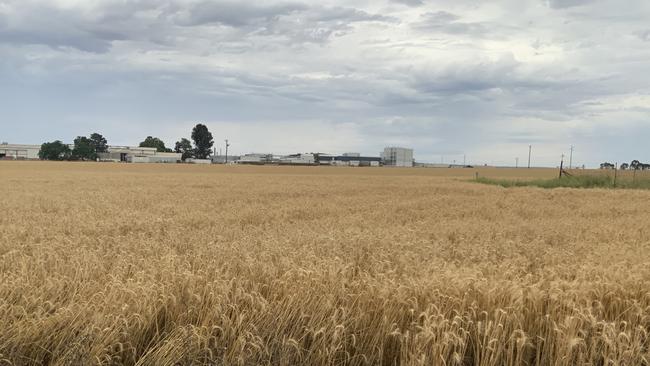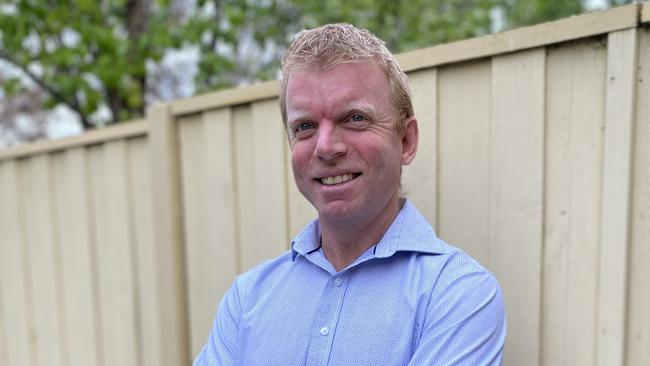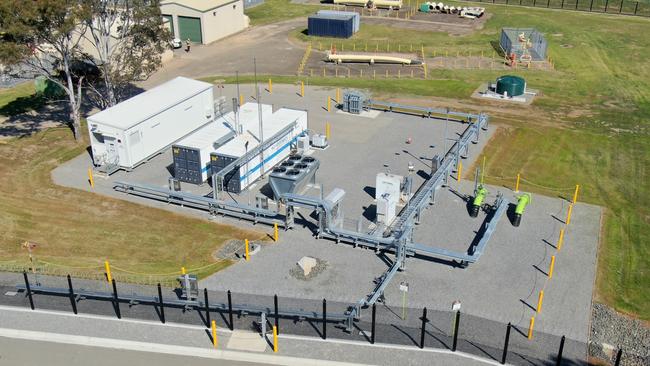Dubbo gas, hydrogen development proposal to cut emissions
A $130 million joint gas-fired power station and hydrogen generation plant in the NSW central west could play a pivotal role in ensuring Australia hits a net-zero emissions target by 2050.
Environment
Don't miss out on the headlines from Environment. Followed categories will be added to My News.
A proposed new $130 million joint gas-fired power station and hydrogen generation plant development in the NSW central west could be operational by 2024 and play a pivotal role in ensuring Australia hits a net-zero emissions target by 2050.
According to a scoping report lodged with the NSW Planning Department, the development would be constructed on a vacant 14 hectare block at Dubbo, opposite the city’s iconic Fletcher abattoir on Yarrandale Road.

It would consist of a 17.5 megawatt (MW) hydrogen generation plant, a 60MW gas-fired power station, and two pipelines to store and blend gas and connect existing infrastructure.
The company behind the proposal is Energy Transition Solutions (ETS), a private entity set up to make the most of growing demand for diverse energy sources as countries across the world move to decarbonise their economies.
ETS development manager Tim Vesey said the hydrogen electrolysis plant, which would form part of the company’s proposed Dubbo development, would be one of the biggest in the country.
“The hydrogen electrolysis plant will be one of the largest in Australia,” he said.
“We anticipate there will be about 150 jobs created through construction and a further half a dozen ongoing operational opportunities with these jobs developing a set of skills which will be in high demand as the hydrogen industry continues to grow worldwide.
“Part of the reason we’ve selected a site in the North Dubbo area is because it’s an industrial area and there is land available for ongoing subdivision.
“By bringing the hydrogen to that area, we’re anticipating there’s going to be future opportunity and growth for local employment opportunities in new energy intensive industries who are looking to co-locate with projects like ours.”

The central west is already home to solar farms at Nyngan, Nevertire and Wellington, with more proposed as the NSW Government accelerates plans for a shift to renewable energy sources for when the state’s existing power stations close in coming decades.
Mr Vesey said the Dubbo development would help deliver reliability to energy customers when the sun was not shining or the wind was not blowing.
“If there’s too much supply, hydrogen will play a role, if there’s not enough supply that’s when gas fired power stations will fill those gaps,” he said.
“Hydrogen and natural gas have been around for a long time. There are now several pilot projects in relation to blending hydrogen in the gas networks and the engineering and regulation is now catching up.”
It’s envisaged that hydrogen produced at the Dubbo plant would be blended with natural gas to supply energy to residential and industrial consumers through networks operated by Jemena in Dubbo and the APA Group in Tamworth.
The Dubbo-made energy resource would also be used as a fuel source for trucks, buses, vehicles, tractors and machinery to reduce emissions.
“We’re going to have discussions with industry about multiple-use opportunities in Dubbo and Tamworth,” Mr Vesey said.
“At this point it (hydrogen electrolysis) is rather expensive but that cost will come down similar to how solar and wind did through the development of technologies at scale.”

Mr Vesey said the development would be funded through a mix of private and public investment.
“We’ll be partnering with others to attract further funding and those partners will likely be existing players in the renewable and infrastructure space in Australia,” he said.
“The recently released NSW Hydrogen Strategy, along with recently announced Commonwealth grant funding opportunities, are giving investors confidence to get behind energy transition solutions projects like ours.”
Key next steps to advance the proposal include the development of a comprehensive environmental impact statement and consultation with traditional indigenous land owners and local residents, Mr Vesey said.
The NSW Government will decide the development’s fate and it is hoped if approval is granted, the Dubbo development will be operational by 2024/25.
More Coverage
Read related topics:Mission Zero




